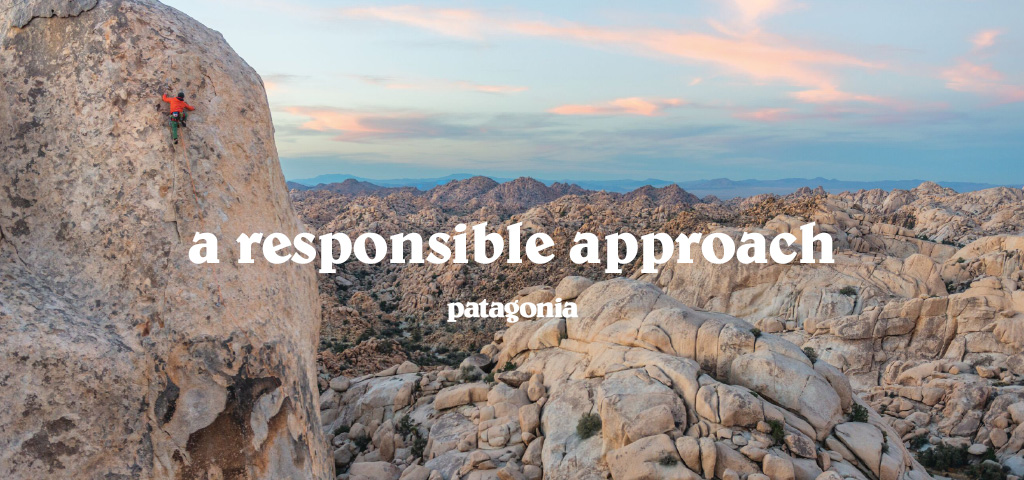
Legendary outdoor brand Patagonia started off life as a small company making bespoke tools for climbers. Though now a worldwide business, alpinism still remains at their heart and they still makes clothes for climbing – as well as for skiing, snowboarding, surfing, fly fishing, paddling and trail running. All of these are silent sports, none of them require a motor or deliver the cheers of a crowd. Instead, each sport provides a reward in the form of hard-won grace and moments of clarity and connection between participant and nature.
These values reflect those of a business started by a band of climbers and surfers, and the minimalist style they promoted. The same approach Patagonia continues to take towards product design demonstrates their bias for simplicity and utility.
Keen to practice rather than preach, Patagonia’s love of wild and beautiful places ensures their participation in the fight to save them, and to help reverse the steep decline in the overall environmental health of the planet. They donate their time and services with at least 1% of their sales going to hundreds of grassroots environmental groups all over the world who are also working to help reverse the tide. Aware that their business activity – from lighting stores to dyeing shirts – creates pollution as a by – product Patagonia work steadily to reduce any unnecessary harm. Many of the Patagonia products stocked at the Sporting Lodge this season provide perfect examples of this refreshingly responsible approach to apparel:
The production of wool requires vast amounts of land for grazing the sheep. In addition to this, wool production also demands energy, water and chemicals to convert the wool from fleece shorn off the sheep into clean fiber of consistent quality, and then into beautifully dyed wool products. One way to lessen the impact of wool production is to recycle used wool, a practice that actually dates back hundreds of years. After wool sweaters had been worn threadbare, they were collected and shredded into individual fibers and then converted into blankets. Patagonia recycled wool uses this exact same process. Aided by modern-day quality controls, the wool goes through a meticulous sorting of materials into colour categories prior to shredding. By selecting and blending colours of dyed wool fabrics and garments, they can completely eliminate the dyeing process, saving water and chemicals and eliminating the resulting wastewater.
Whilst Patagonia Denim uses only 100% organic cotton grown without GMO seeds, synthetic fertilizers, pesticides or herbicides. An innovative dyeing process enables them to dramatically reduce the use of water, energy and chemicals to produce less carbon dioxide compared to conventional denim dyeing processes.
-
View Product
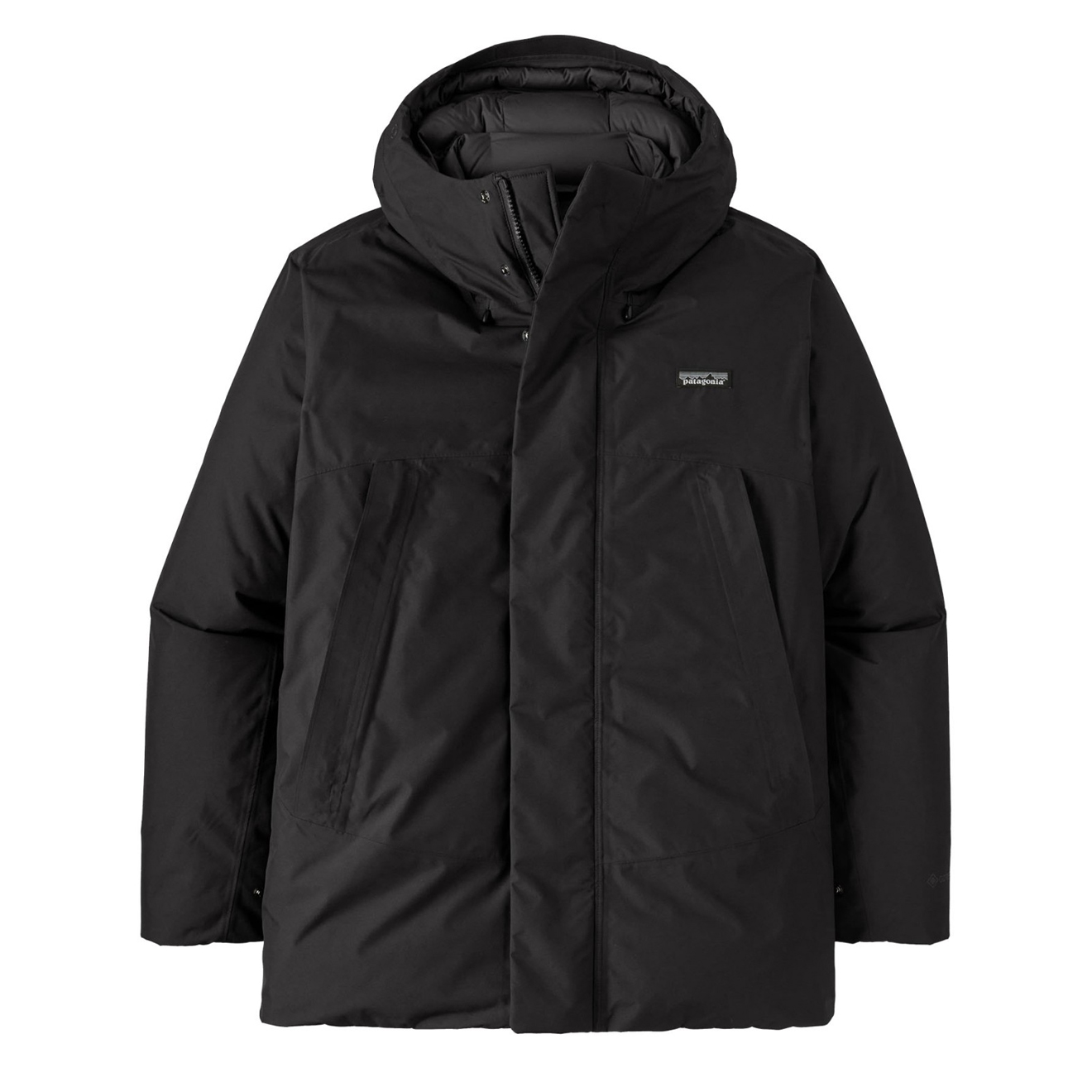
Patagonia Stormshadow Parka Black
£799.00 -
View Product
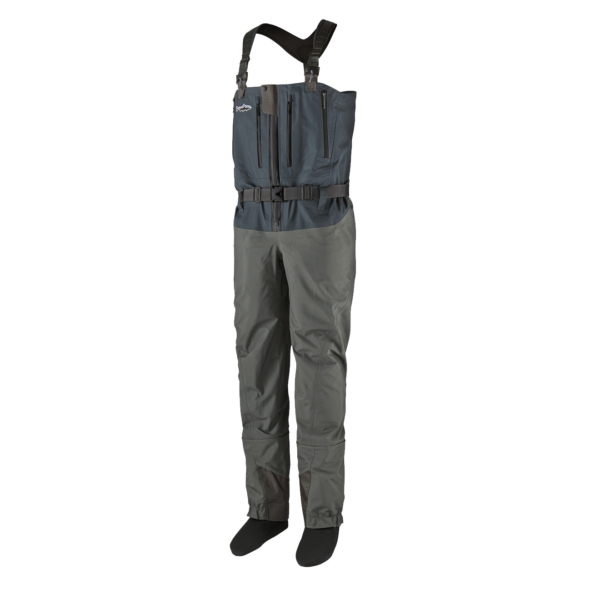
Patagonia Swiftcurrent Expedition Zip Front Waders – Extended Sizes Forge Grey
£700.00 -
View Product
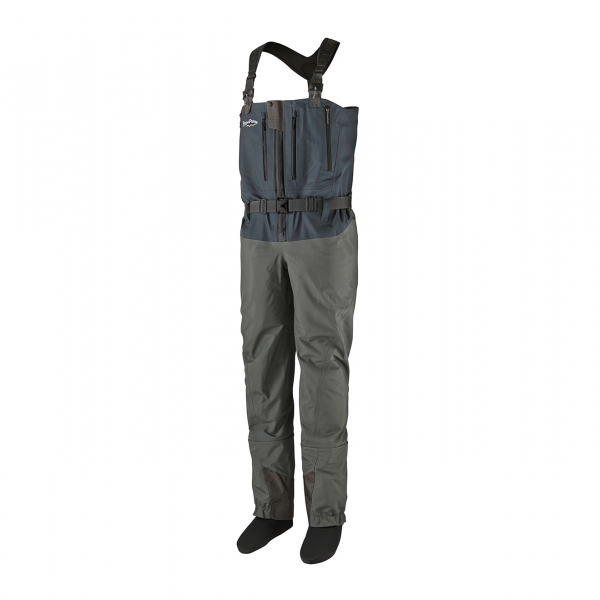
Patagonia Swiftcurrent Expedition Zip Front Waders Forge Grey
£700.00 -
View Product
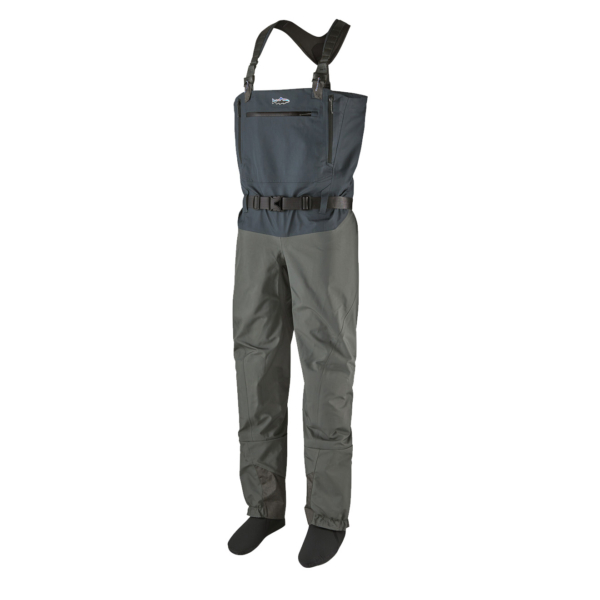
Patagonia Swiftcurrent Expedition Waders – Extended Sizes Forge Grey
£650.00 -
View Product
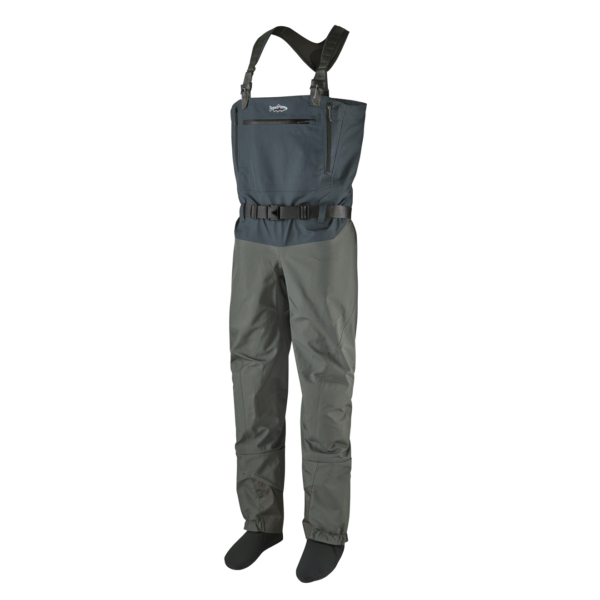
Patagonia Swiftcurrent Expedition Waders Forge Grey
£650.00 -
View Product
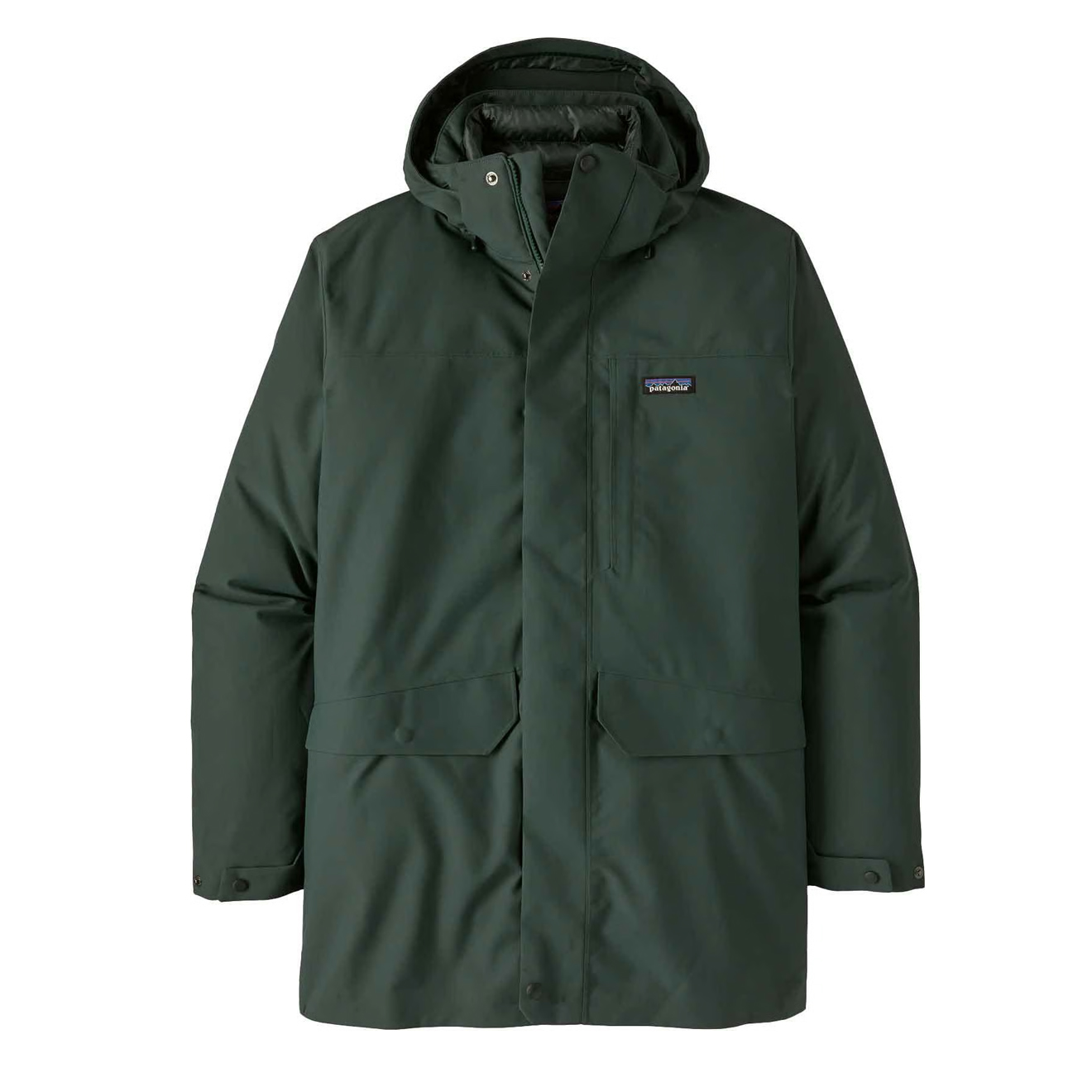
Patagonia Tres 3-in-1 Parka Northern Green
£630.00 -
View Product
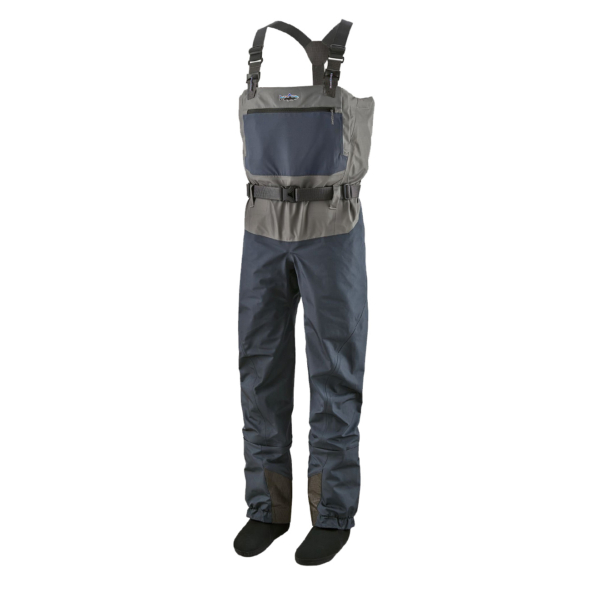
Patagonia Swiftcurrent Waders Smolder Blue
£500.00 -
View Product
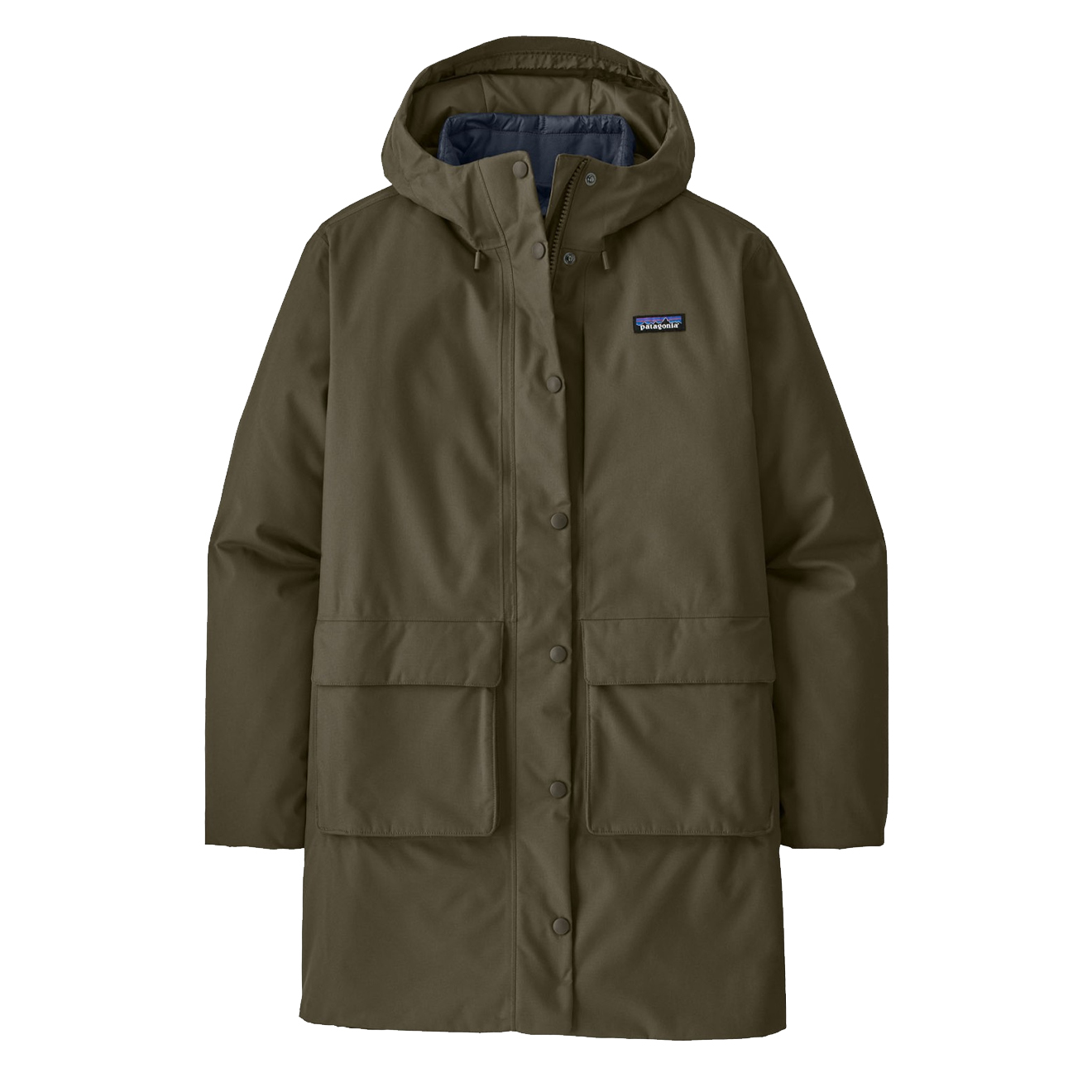
Patagonia Womens Pine Bank 3 in 1 Parka Basin Green
£495.00

Alongside their denim, Patagonia’s signature fleece products are all Fair Trade Certified® for sewing. Partnering up with Fair Trade USA the aim is to ensure garment workers get closer to a living wage. This means that for each piece of Fair Trade Certified clothing, they pay a premium that workers can use to improve their communities and elevate their standard of living. The workers get to choose how to use the money and may opt to build a school or a health center, create a scholarship or just take it as a handy bonus.
Patagonia is a company who refuse to never knowingly make a mediocre product or turn their back on the current state of the environment. Two reasons why Patagonia are one of the leading lights in the outdoor world whose products are worn and loved around the world.
Wade In

Depending on whose research you place your trust in, the number of UK citizens who indulge in some sort of regular fishing activity can reliably be estimated at around 3m. This probably makes it the biggest participation sport around. It’s no surprise then that brands like Patagonia are at the forefront of fishing clothing and apparel.
Don’t miss our Previous Patagonia Blog Posts
Patagonia – Tools for a revolution
Introducing – Patagonia
There’s something in the Air: Patagonia’s Nano-Air technology

